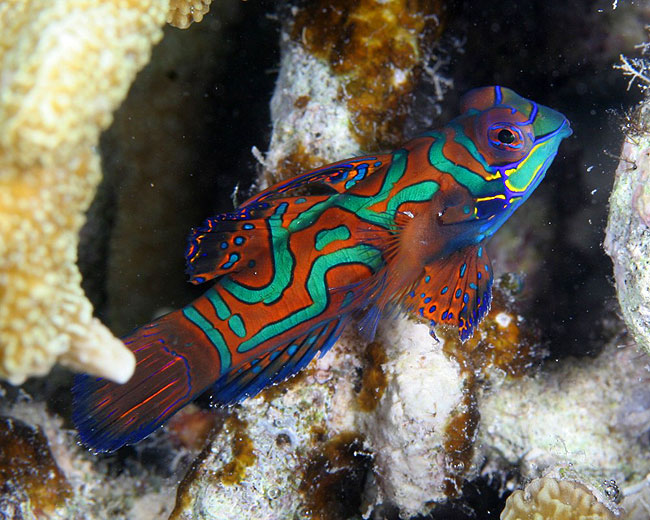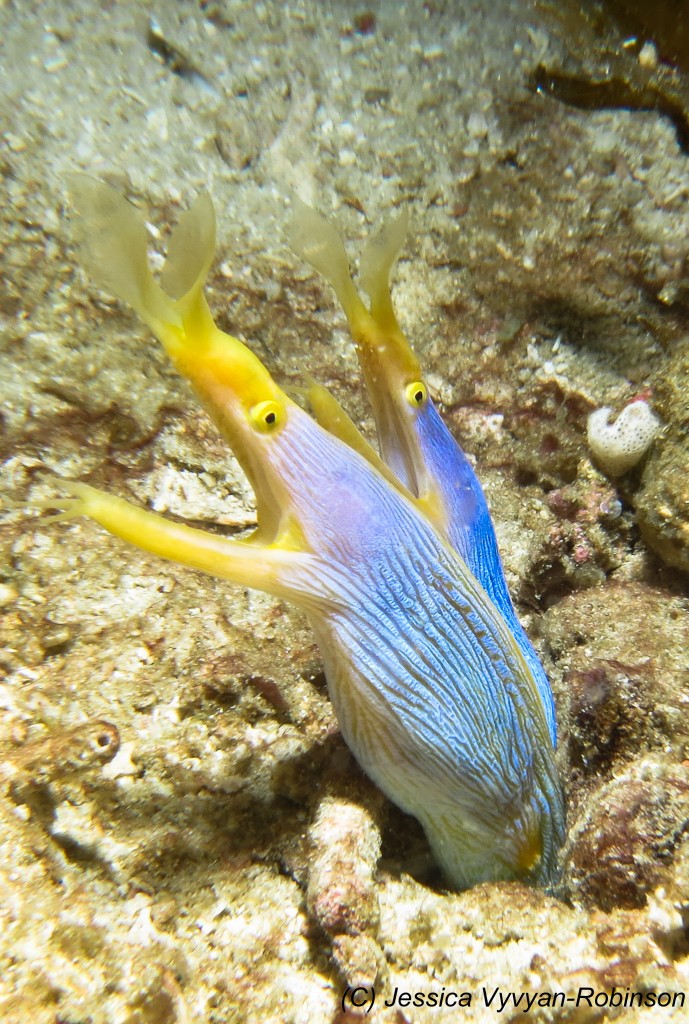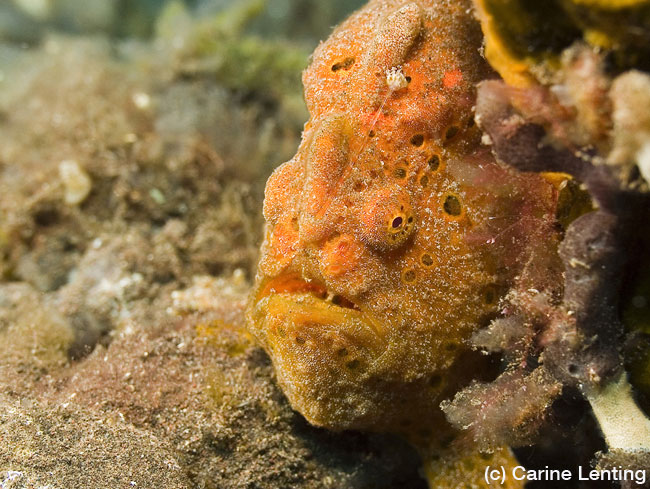When I arrived in Denpasar at the end of last year, my expectations for diving Indonesia were huge- both metaphorically and literally. All of the dive sites on my Indonesian wish list focused on big creatures and impressive wrecks, from the mantas of the Komodo National Park to the final resting place of the US Liberty, an American cargo ship off Tulamben, Bali. Although I knew that the 13,466 islands that make up the Indonesian archipelago were also famous for their macro life, I wasn’t particularly interested- as a lifelong addict to the thrill of diving with big sharks, big rays and big cetaceans, I couldn’t see how creatures that didn’t require the use of my wide angle lens could possibly hold the same excitement. However, on the day that I signed up to dive with the Komodo mantas, I was offered the opportunity to visit a muck diving site as the first half of the two-tank trip. Figuring that I should experience the other side of Indonesian diving at least once, I reluctantly accepted.
Shortly thereafter, I found myself preparing to take a giant stride off the back of the dive boat and into the murky waters of a mangrove-lined inlet off Rinca Island. The dive site was exceptionally shallow, with a maximum depth of just eight meters. As we reached the seafloor, I was less than impressed- the visibility was severely reduced, leaving us in a world turned dimly green with suspended particles. The topography was almost non-existent, and instead we found ourselves in an alien landscape of coral rubble interspersed with patches of barren, coarse sand. I half expected the divemaster to call the dive- after all, how could we possibly see anything interesting in all that muck? Instead of aborting our exploration however, he began to lead us off over the seafloor, moving so slowly that the barest of fin-kicks were necessary to maintain the pace. I soon realized that he was scrutinizing each inch of the broken coral beneath us with an eye expertly trained to find life amidst the debris, and after a few minutes he did exactly that.
From beneath the skeleton of a mushroom coral a pair of electric blue ribbon eels peered inquisitively at us, their tiny sinuous bodies swaying in perfect synchrony. They were exceptionally beautiful, and I felt my previous disregard for the smaller denizens of the ocean begin to melt away. After the ribbon eels, the sightings came thick and fast- a barrage of wonderment perfectly designed to alter my allegiances and make me an avid appreciator of all things macro. First, curled like a strand of discarded dental floss upon a bed of coral, we found a pure white mushroom coral pipefish. I was struck by how precisely it was a miniature version of the larger eels I usually photograph; it was quite exquisite, and I was smitten. Then there were shrimps, of every conceivable color and pattern- transparent ones with purple saddles, and furry ones striped with bands of vivid red. There were peach colored nudibranchs edged with all the hues of a sunset, and hairy orange orangutan crabs. Most excitingly, at the end of the dive we encountered a pair of mandarin fish, who in all their technicolor glory were the most beautiful fish I’d ever seen.
By the time we had to surface, I wanted to carry on muck-diving forever. Forget the bad visibility and the uninspiring reef- the delicate smallness of the creatures we discovered was both astounding and addictive. I started my dive as a confirmed macro non-believer, but fifty minutes was all it took to make me a staunch convert.









